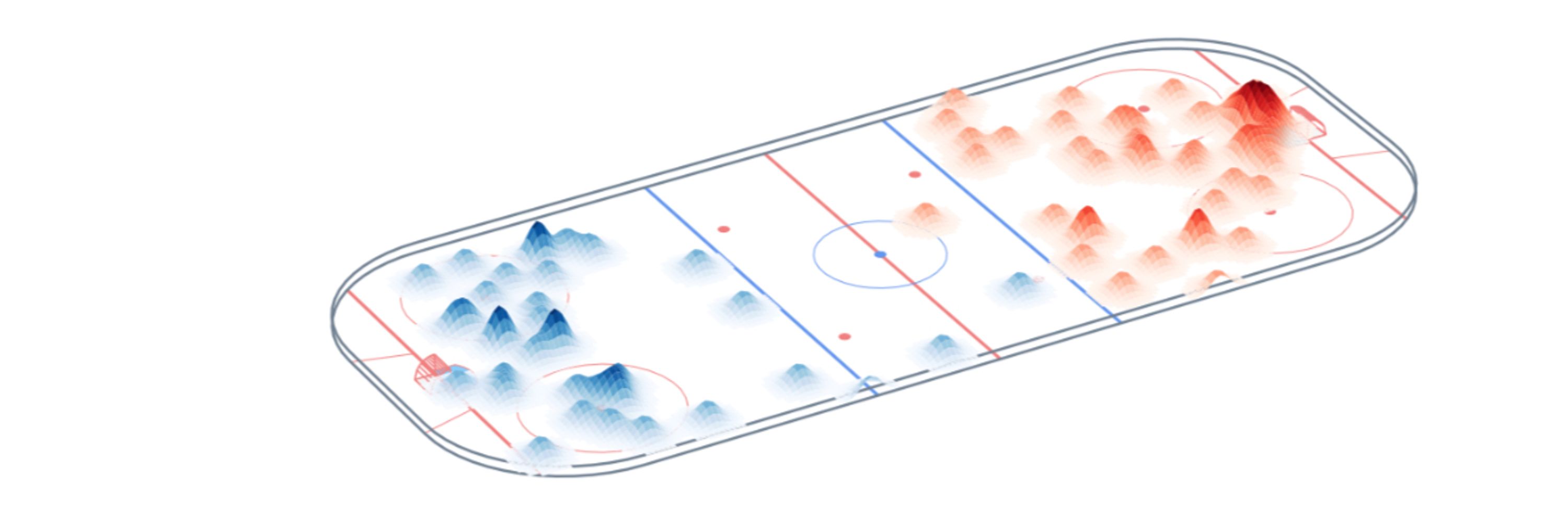
yimmy
@yimmymcbill.bsky.social
33 followers
150 following
29 posts
trying to learn stats unfortunately through hockey. https://drydan.github.io/
Posts
Media
Videos
Starter Packs
yimmy
@yimmymcbill.bsky.social
· Jul 14
yimmy
@yimmymcbill.bsky.social
· May 31
yimmy
@yimmymcbill.bsky.social
· May 18
yimmy
@yimmymcbill.bsky.social
· May 18
yimmy
@yimmymcbill.bsky.social
· Dec 9
yimmy
@yimmymcbill.bsky.social
· Dec 4
yimmy
@yimmymcbill.bsky.social
· Dec 4
yimmy
@yimmymcbill.bsky.social
· Oct 8



















